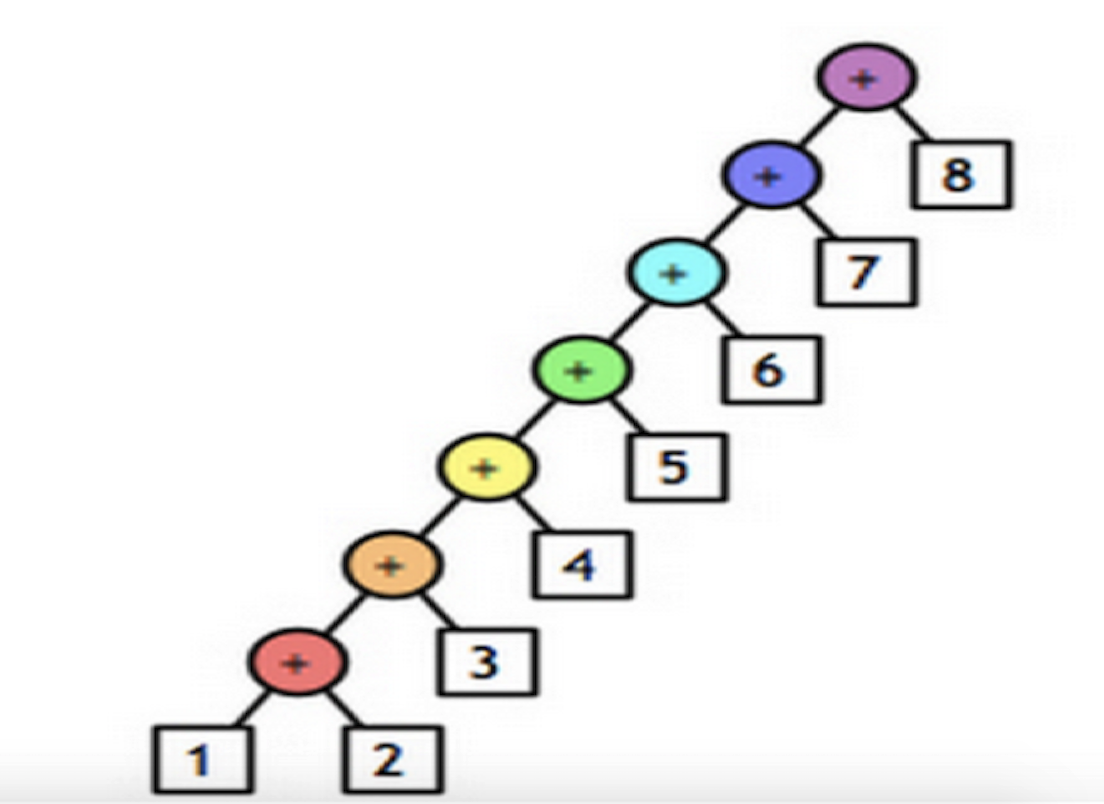1、lambda函数
lambda()是Python里的匿名函数,其语法如下:
lambda [arg1[, arg2, ... argN]]: expression
学习条件运算时,对于简单的 if else 语句,可以使用三元运算来表示,即:
# 普通条件语句 if 1 == 1: name = 'evescn' else: name = 'gm' # 三元运算 name = 'evescn' if 1 == 1 else 'gm'
对于简单的函数,也存在一种简便的表示方式,即:lambda表达式
# ###################### 普通函数 ###################### # 定义函数(普通方式) def func(arg): return arg + 1 # 执行函数 result = func(123) # ###################### lambda ###################### # 定义函数(lambda表达式) my_lambda = lambda arg : arg + 1 # 执行函数 result = my_lambda(123)
lambda存在意义就是对简单函数的简洁表示,下面在举一个列表的例子
l = [11, 22, 33, 44] new_l = map(lambda x: x + 10, l) a = list(new_l) print(a) # 输出结果 [21, 32, 43, 54]
2、map函数
map函数会根据提供的函数对指定序列做映射。
map函数的定义:
map(function, sequence[, sequence, ...])
map 函数会对序列参数 sequence 中的每个元素调用 function 函数,返回的结果为每一个元素调用function函数的返回值

l = [11, 22, 33, 44] def myadd(x): return x + 10 new_n = map(myadd, l) b = list(new_n) print(b) # 输出结果 [21, 32, 43, 54]
利用map()函数,把用户输入的不规范的英文名字,变为首字母大写,其他小写的规范名字。输入:['adam', 'LISA', 'barT'],输出:['Adam', 'Lisa', 'Bart']:
# -*- coding: utf-8 -*- def normalize(str): return str.capitalize() # 测试: L1 = ['adam', 'LISA', 'barT', 'ROOT'] L2 = list(map(normalize, L1)) print(L2) # 输出结果 ['Adam', 'Lisa', 'Bart', 'Root']
3、filter 函数
对于序列中的元素进行筛选,最终获取符合条件的序列

def myfunc(x): if x > 30: return True else: return False a = [11, 22, 33] new_a = filter(myfunc,a) b = list(new_a) print(b) # 输出结果 [33]
4、reduce函数
对于序列内所有元素进行累计操作
reduce把一个函数作用在一个序列[x1, x2, x3, ...]上,这个函数必须接收两个参数,reduce把结果继续和序列的下一个元素做累积计算,其效果就是:reduce(f, [x1, x2, x3, x4]) = f(f(f(x1, x2), x3), x4)


比方说对一个序列求和,就可以用reduce实现:
>>> from functools import reduce >>> def add(x, y): ... return x + y ... >>> reduce(add, [1, 3, 5, 7, 9]) 25
当然求和运算可以直接用Python内建函数sum(),没必要动用reduce。
但是如果要把序列[1, 3, 5, 7, 9]变换成整数13579,reduce就可以派上用场:
>>> from functools import reduce >>> def fn(x, y): ... return x * 10 + y ... >>> reduce(fn, [1, 3, 5, 7, 9]) 13579
这个例子本身没多大用处,但是,如果考虑到字符串str也是一个序列,对上面的例子稍加改动,配合map(),我们就可以写出把str转换为int的函数:
>>> from functools import reduce >>> def fn(x, y): ... return x * 10 + y ... >>> def char2num(s): ... return {'0': 0, '1': 1, '2': 2, '3': 3, '4': 4, '5': 5, '6': 6, '7': 7, '8': 8, '9': 9}[s] ... >>> reduce(fn, map(char2num, '13579')) 13579
整理成一个str2int的函数就是:
from functools import reduce def str2int(s): def fn(x, y): return x * 10 + y def char2num(s): return {'0': 0, '1': 1, '2': 2, '3': 3, '4': 4, '5': 5, '6': 6, '7': 7, '8': 8, '9': 9}[s] return reduce(fn, map(char2num, s))
还可以用lambda函数进一步简化成:
from functools import reduce def char2num(s): return {'0': 0, '1': 1, '2': 2, '3': 3, '4': 4, '5': 5, '6': 6, '7': 7, '8': 8, '9': 9}[s] def str2int(s): return reduce(lambda x, y: x * 10 + y, map(char2num, s))
也就是说,假设Python没有提供int()函数,你完全可以自己写一个把字符串转化为整数的函数,而且只需要几行代码!